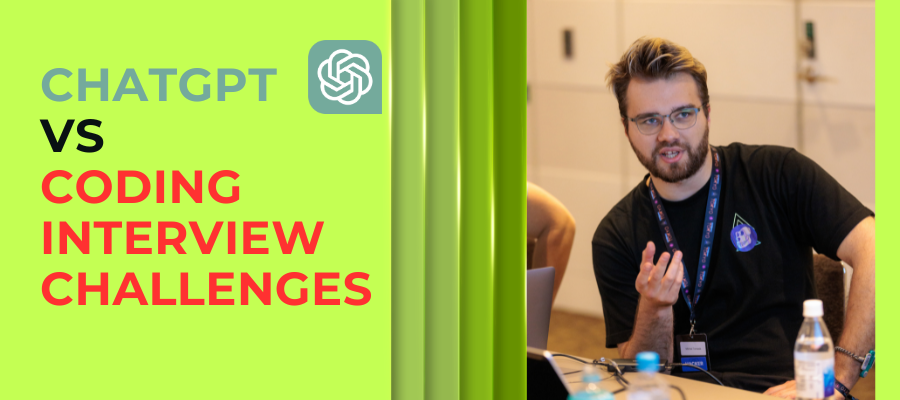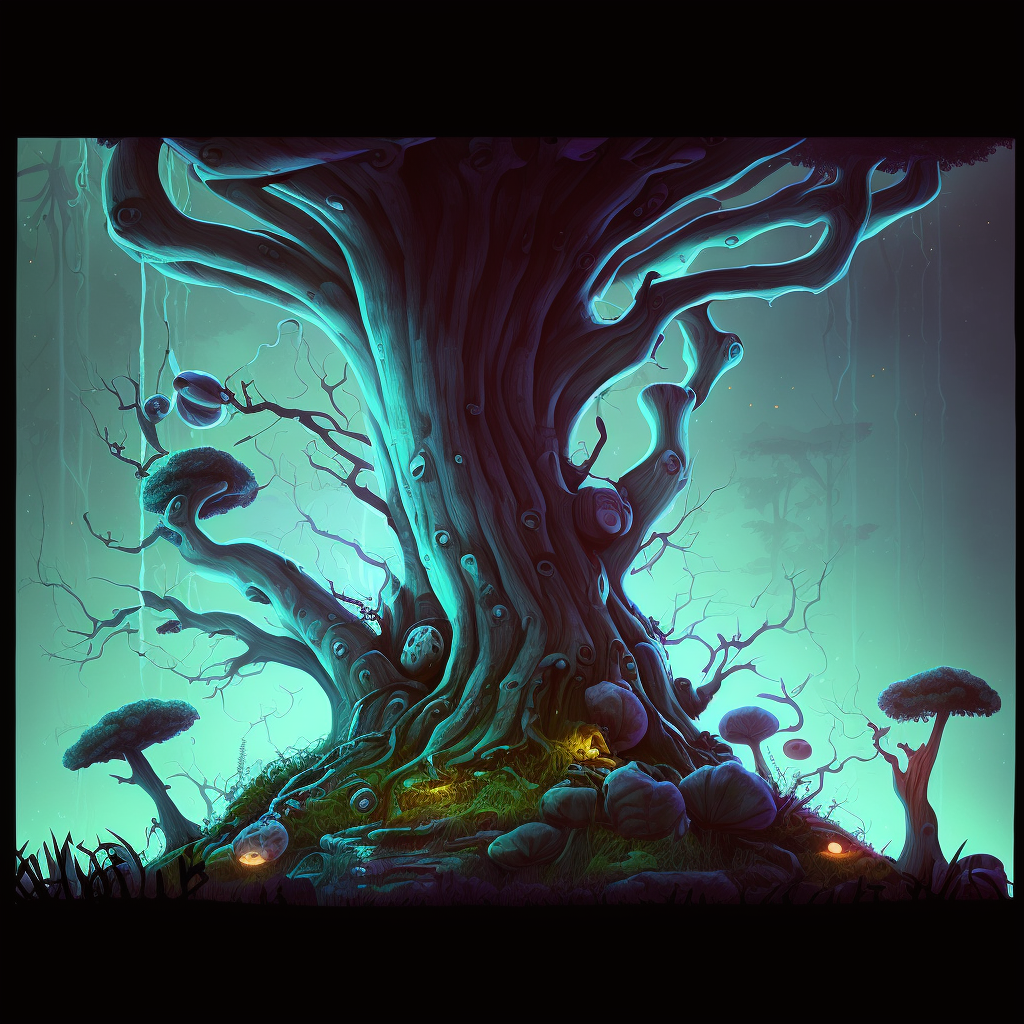
As luck would have it, I stumbled upon a Facebook group where someone was on the hunt for a unique book cover. Seizing the opportunity, I spent one evening playing around with Midjourney, feeding it various text descriptions and watching as it effortlessly turned them into magnificent book cover designs. A few iterations and some feedback later, I had in my hand versions of covers that the client loved. To my amazement, I had earned my first $50 as a designer, all thanks to AI!
My journey began somewhat unexpectedly with Midjourney. For the uninitiated, Midjourney is a platform that uses AI to turn text inputs into visual art. Think of it as having a digital artist at your fingertips, waiting for your every command. And, as someone with zero formal training in design, the allure of this tool was undeniable.
One day, while idly scrolling through a Facebook group, I chanced upon a post from someone desperately seeking a book cover designer. Seeing an opportunity, I decided to put Midjourney to the test. Inputting various textual descriptions, I watched in awe as the platform transformed words into visual masterpieces in mere moments. After a few iterations and some tweaks based on the client's feedback, I found myself with a series of impressive book covers.
The end result? A happy client, a newly minted 'designer' (yours truly), and a cool $50 in my pocket. The success was exhilarating, and it set the wheels in motion for my next experiment.

Emboldened by this success, I pondered: could I replicate this victory in the realm of backend coding? I wasn’t a stranger to AI's prowess. With ChatGPT, I had previously obtained quality pieces of code, intricate regex patterns, and those tricky validation functions that every coder dreads. Out of curiosity, I even tried pasting raw tasks directly into ChatGPT, observing the varied and often ingenious solutions it proposed.
However, while it's one thing to generate snippets or tackle isolated tasks, building a comprehensive backend application is an entirely different beast. My knowledge was admittedly generalist at best. I had never served in a professional capacity as a backend developer. My understanding of the current trends, best practices, and nuanced standards was lacking, to say the least. And, as I would soon discover, this gap in expertise would be my undoing.
// Configure Express app
app.use(bodyParser.json());
app.use(session({
secret: 'your-secret-key',
resave: false,
saveUninitialized: true
}));
// Initialize database tables
db.serialize(() => {
db.run('CREATE TABLE IF NOT EXISTS users (id INTEGER PRIMARY KEY AUTOINCREMENT, username TEXT, password TEXT)');
db.run('CREATE TABLE IF NOT EXISTS puzzles (id INTEGER PRIMARY KEY AUTOINCREMENT, userId INTEGER, puzzleNumber INTEGER, solution TEXT)');
});
// Helper function to check if the user is authenticated
function isAuthenticated(req: Request): boolean {
return req.session && req.session.userId !== undefined;
}After considerable effort and countless hours, I believed I had a viable product. To validate my efforts, I approached a senior Backend developer for feedback, confident in the work I'd accomplished.
The feedback, however, was a reality check. My app, while functional, lacked the finesse and architectural depth seen in professional projects. It was clear that I had missed the intricacies and nuances that only come from years of hands-on experience and deep domain knowledge.
The lesson was evident: "Tools, no matter how advanced, are only as good as the hands wielding them. While ChatGPT offered solutions, it couldn't replicate the strategic planning, foresight, and architectural know-how a seasoned developer brings to the table."
Looking back, my adventures in design and coding, powered by AI, were a rollercoaster of emotions. From the highs of selling my first-ever design piece to the lows of realizing that backend development was not something I could just 'hack' with a tool, the journey was enlightening.
Every experience, whether it ends in success or not, comes bearing lessons, and my tryst with AI in design and backend development was no different. Here's a deeper dive into the insights I gleaned from my journey:
1. There's No True Shortcut to Mastery:
It's tempting to believe that in our age of rapidly evolving technology, with tools like AI at our fingertips, mastering a new skill can be achieved overnight. However, while these tools can accelerate the learning process, they can't replace the hours, days, and years of practice and immersion required to truly master a craft. True expertise isn't just about knowing how to do something but understanding the why behind it.
2. Tools Enhance, Not Replace:
AI platforms like ChatGPT and Midjourney are incredibly powerful in their capabilities. They democratize access to skills, giving novices a taste of areas they might not have ventured into otherwise. But it's crucial to remember that these tools should be seen as enhancers or facilitators. They can't replicate the depth of human creativity, intuition, or strategic thinking.
3. Learning to Ask the Right Questions:
My time with ChatGPT, in particular, taught me the importance of inquiry. While the tool can generate solutions, the quality and applicability of those solutions often depend on the specificity and clarity of the questions posed. It's a reminder that even in the age of AI, critical thinking remains invaluable.
4. The Importance of Feedback:
One of the biggest lessons from this journey was understanding the significance of external feedback. Whether you're using traditional methods or AI tools, regularly seeking feedback is vital. It provides perspective, exposes blind spots, and offers a route for course correction. Without the input from the senior Backend developer, I might have continued in my mistaken belief of having created a stellar product.
5. Respecting Boundaries:
While AI is transformative, it's also essential to recognize its limitations. Pushing a tool beyond its scope can lead to subpar outcomes. It's akin to using a screwdriver as a hammer; it might work temporarily, but it's not a sustainable or efficient approach.
6. Embracing Failures as Learning Points:
Lastly, and perhaps most importantly, this entire adventure taught me the value of embracing failures. Not getting the desired result in backend development was initially disappointing, but it also provided a wealth of insights. Each misstep became an opportunity to learn, adapt, and grow.
In conclusion, while AI offers a world of possibilities, it's essential to approach it with a balanced perspective. Tools are designed to assist and enhance human capabilities, not replace them. The synergy between human expertise and technological advancements, like AI, is where the true magic happens. As we navigate this exciting landscape, it's vital to remain curious, open to learning, and always value the human element.

This experience, though initially disheartening, has been instrumental in shaping my approach to technology. In my subsequent mentorship sessions and frontend classes, the emphasis shifted from mere tool utilization to a more holistic understanding. While AI tools like ChatGPT or Midjourney are potent allies, they are not replacements for deep-rooted knowledge and expertise.
To all the passionate tech enthusiasts out there: dive deep into the core concepts, and use AI tools as supplements, not crutches. In the fast-evolving world of technology, foundational knowledge combined with the judicious use of tools will always be your best bet.
Find out if MentorCruise is a good fit for you – fast, free, and no pressure.
Tell us about your goals
See how mentorship compares to other options
Preview your first month
